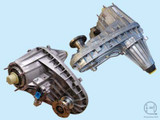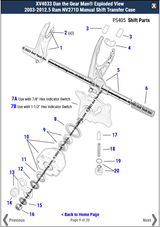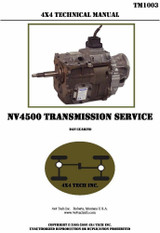Electric 4x4s and Light Trucks – Part 3: Batteries & Fuel Cells Overview
Electric 4x4s and Light Trucks – Part 3: Batteries & Fuel Cells Overview
July 13th, 2021
The Achilles' heel of large-scale Light Truck and 4x4 vehicle electrification is the lack of an available power source for electric vehicles that equals the range, longevity, work capacity and cold-weather performance of internal combustion-powered models. Of the two available technologies, battery and fuel cell, the former is what you will find in today's production electric vehicles, while the latter may become the power source of tomorrow.
Origins
The invention of both the Battery Electric Vehicle (BEV) and fuel cells took place during the 1830s. Innovations in battery technology have undergone continued advancement ever since. It wasn't until the late 1950s, when Allis Chalmers built a 20-horsepower electric tractor that utilized a propane-fueled fuel cell stack, that fuel cell development finally escaped the lab and found use in a real-world application. The shock of the 1973 Arab Oil Embargo and the 1979 Oil Crisis spurred more in-depth research efforts for battery technology and fuel cells for automotive electrification. At the time, fuel cells looked like the better bet, but a decline in petroleum prices halted most development for both technologies. Twenty-five years later, the need for lighter, longer-lasting batteries for computers, cell phones and cordless tools spurred massive investment in new battery technology that manufacturers could also apply to vehicle batteries. Today, batteries are the default choice for electric vehicle power, while fuel cell technology is still in the development phase.

*Note: image 92-13787 Division of Work and Industry, National Museum of American History, Smithsonian Institution
Batteries
Battery electric 4x4s and light trucks used for specific purposes in urban/suburban settings by short-range fleets can be viable replacements for engine-powered models. The predictable nature of day-to-day energy use allows a vehicle to accommodate a large enough battery to power the vehicle between scheduled recharge times.
Multi-purpose 4x4s and light trucks used outside of short-range, predictable conditions are NOT good candidates for battery-electric drive systems – the size and weight of the required battery pack detract from payload capacity. Adding more batteries may increase the range, but the unloaded vehicle weight dramatically increases, while the payload does not. An example of this is the upcoming 350-mile range GMC Hummer EV Edition 1 electric pickup. This Hummer will weigh over 9,000 pounds empty and will only have a 1,400-pound payload capacity. You can compare that to the 2021 5.3L V8 gas-powered 4x4 GMC 1500 Denali Crew Cab pickup. This truck will weigh 5,266 pounds empty, have a 1,834-pound payload capacity and a 384-mile city/504-mile highway range with less than 150 pounds (24 gallons) of gasoline. While GM has not released the Hummer EV battery weight yet, it is a fair guess that most of the 3,700-pound base weight difference between the two models is battery and component related.
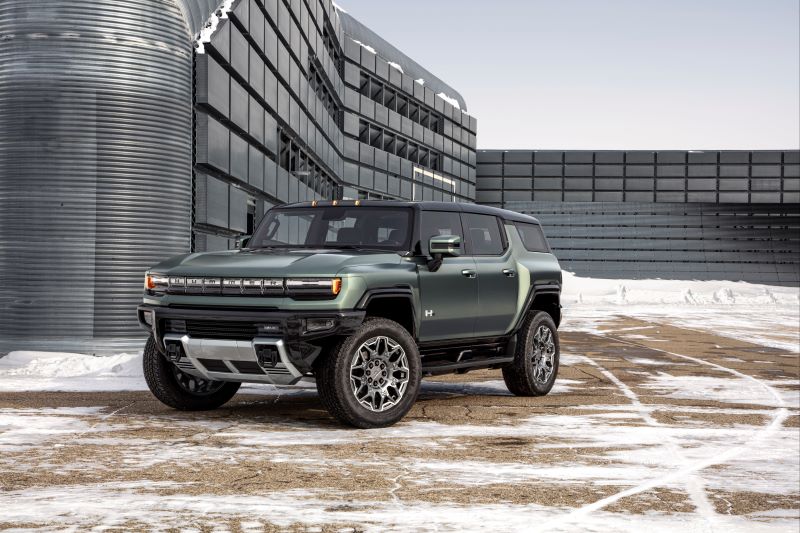
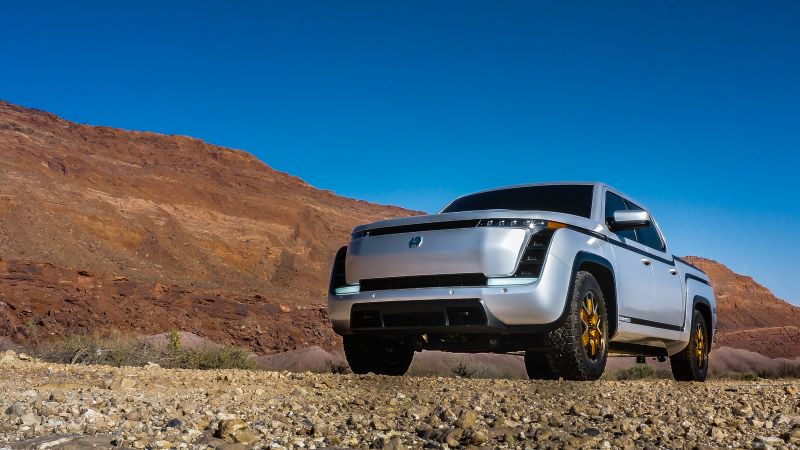
The estimated battery range provided by the vehicle manufacturers assumes the battery will have 100% of its rated capacity available. Over time, the battery will lose capacity due to the degradation of its battery cells. Tesla, for instance, will only warranty a battery that has lost more than 30% of its rated capacity during the warranty period. With such a limited range to start with, any loss of battery capacity will be significant. For the Hummer EV discussed above, a 30% range loss cuts the distance you can theoretically drive from 350 to 245 miles. Loss of battery storage capacity will also affect the resale value of battery electric vehicles due to the high cost of battery replacement, which is typically more than $15,000. How long a vehicle battery pack will be usable has not been determined, but it is doubtful it can exceed 10-12 years. With the current U.S. vehicle fleet averaging around 12 years old, switching from engine-driven to battery electric vehicles will likely have a profound negative effect on personal mobility for all but the wealthy. Those that cannot afford new vehicles may not be able to pay the stiff price to replace a worn-out battery in a vehicle that is only 10 or 12 years old.
For 4x4s used off road, the actual battery range may be a fraction of that advertised by the manufacturer. In April of 2021, Lordstown Motors entered an Endurance pickup in the SCORE San Felipe 250 off-road race with the goal of only completing the race. The Endurance has a 250-mile estimated range. Although it did meet the first 40-mile stage, Lordstown pulled it from the race after they determined that a fully charged battery would not have enough energy to allow the Endurance to complete the next 65-mile leg.
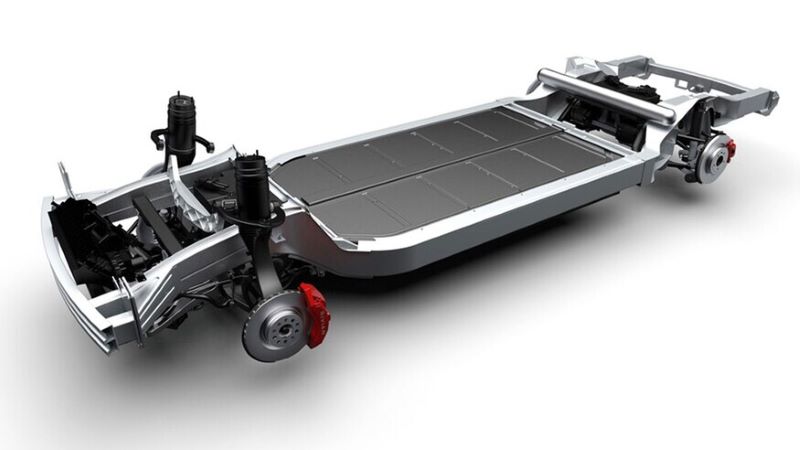
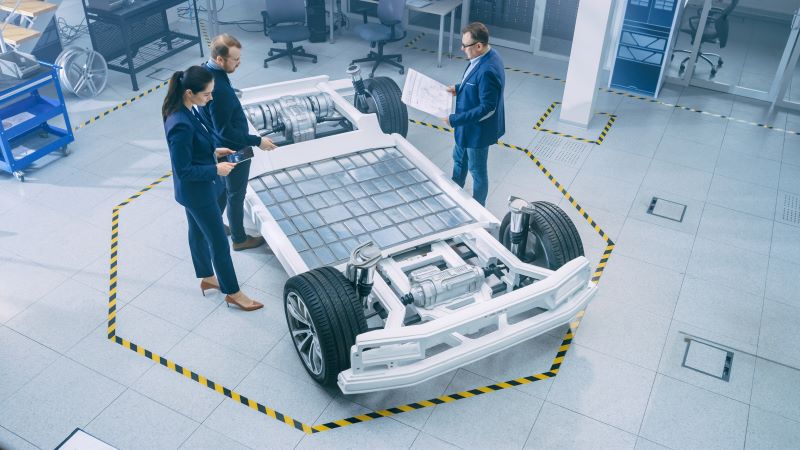
The recharge rate for current battery electric vehicles depends on the battery size, current battery charge, air temperature and type of charger used. Even if using the fastest available commercial charger, the owner can expect a recharge time of 1 hour or more to recharge a battery with 15% charge capacity to 85% capacity. The charge rate for batteries under 15% or over 85% is much slower due to excessive heat generated during the recharging process. While battery recharge time is not an issue for short-range fleets and commuters who can recharge the battery overnight, it is a problem for distance travel beyond the vehicle's single charge battery range.
Battery electric vehicles are best suited for mild climates. Available energy is reduced in intensely hot weather and when the air temperature drops below freezing. Less energy means less range, and power demands for components such as air conditioning, heat, lights and wipers will further reduce the available driving range. Electric vehicle battery performance and the ability for the battery to take a charge drops precipitously at temperatures below 15°F (-9.4°C). While cold temperatures will affect battery performance, very high temperatures will affect both battery performance and safety. Manufacturers add cooling systems to protect the battery from excessive heat and keep the battery below critical temperatures that could permanently damage the battery or, in extreme cases, cause a fire.
Under load, a significant amount of heat is created in the battery pack, wiring and motor. While the heat represents wasted energy that reduces the overall efficiency of the drivetrain, it also causes problems with temperature via the expansion and contraction of connectors and wiring. The repeated expansion and contraction of critical components can lead to loose connections, allowing corrosion to start or cause a dangerous short circuit. In northern climates, where corrosive salts must be applied to the roads during winter, corrosion at high-voltage connection points will pose an omnipresent fire danger as the vehicle ages.

Lithium-ion batteries used for electric vehicles can be classified as hazardous waste. They contain valuable, but often toxic, materials as well as complex-to-recycle plastic or composite components. While there is a definite need to reclaim critical elements like lithium, cobalt and manganese, the environmental impact of electric vehicle battery recycling is high – particularly in low-wage Asian countries where most recycling is currently taking place. Recently, there have been improvements in making battery recycling more sustainable, particularly in Europe. Still, the difficulty of safely/sustainably recycling batteries offsets much of the possible environmental benefits of vehicle electrification. Currently, about 12 million motor vehicles are recycled in the U.S. every year, plus another 8 million in Europe. If 10 million of those were battery electrics with 1,000-pound battery packs, that would mean 10 billion pounds of hazardous battery waste that would need to be transported and recycled every year.
Fuel Cells
So, what is a fuel cell? The simplest definition of a fuel cell is "A cell producing an electric current directly from a chemical reaction." A fuel cell stack comprises multiple individual fuel cells, each producing around one volt of Direct Current (DC) electrical energy. The amount of energy in watts produced by each cell depends upon the size and type of cell. Fuel cell stacks are scalable, from small enough to fit in your hand to large enough to power a city.
Fuel cells offer the promise of eliminating almost all the problems posed by batteries. Unfortunately, the technology is not advanced enough for use in large-scale vehicle production at this time. Most research uses hydrogen as the fuel source for Polymer Electrolyte Membrane (PEM) fuel cell stacks intended for vehicles. For environmental reasons, hydrogen is the optimal fuel of choice for fuel cell vehicles because electricity, heat and water are the only products of the chemical process that create electrical energy. Due to hydrogen's perception as being a "green fuel," it is at the forefront of most vehicle fuel cell research. However, manufacturers could use other fuels, such as compressed natural gas, that may pose fewer technical challenges.
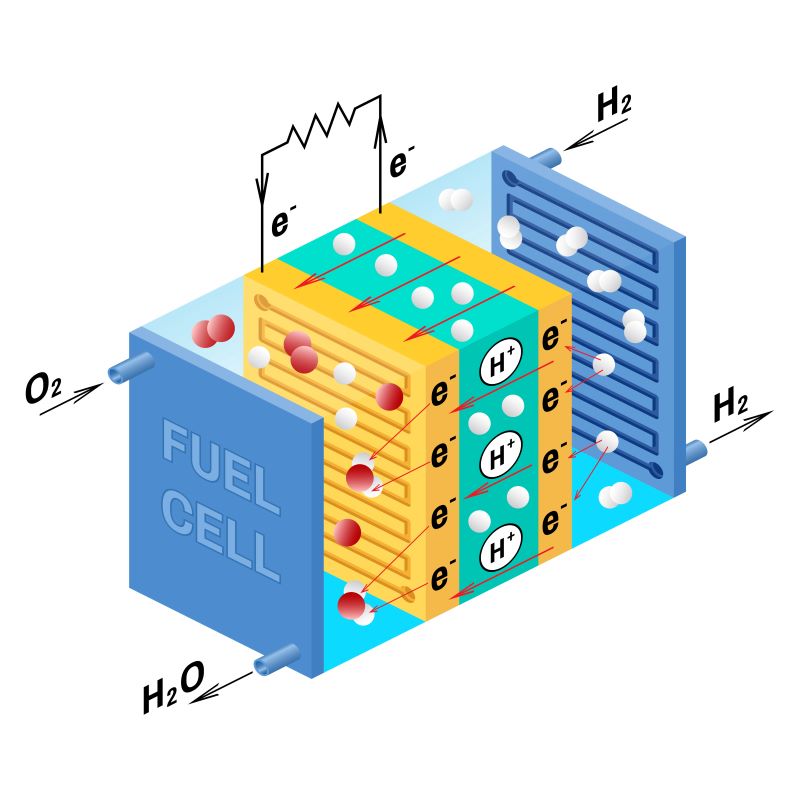
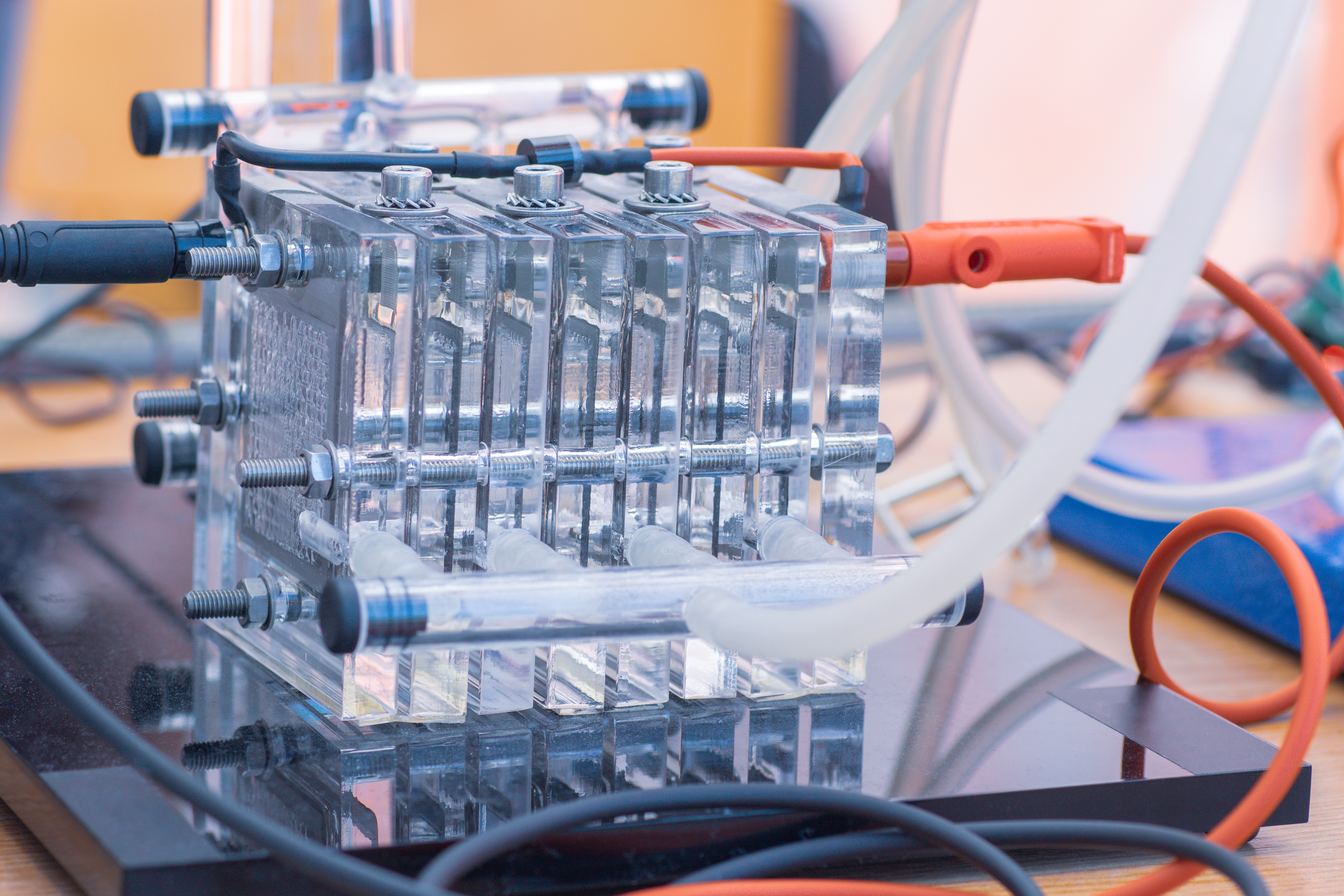
Pure hydrogen gas is only found in tiny amounts in nature; however, it is very abundant in living things and as part of common compounds like water. H20, or water, is composed of two hydrogen atoms and one oxygen atom. Hydrogen gas is the lightest of all gases, so it will quickly escape into the atmosphere if it is not inside a closed system. Hydrogen can be produced through the electrolysis of water; however, at this time, electrolysis is not an energy-efficient way to produce hydrogen. A satisfactory method of storing the hydrogen for vehicle fuel onboard the vehicle has not yet been found. Liquid hydrogen stored in extremely high-pressure (5,000-10,000 psi) insulated tanks may be used instead of hydrogen gas, but since liquid hydrogen turns into a gas at -423°F (-253°C), it won't be easy to efficiently keep the hydrogen in a liquid state for any length of time. Another hydrogen fuel alternative is the use of Compressed Gaseous Hydrogen (CGH2) stored in a 10,000-psi pressurized onboard fuel tank. A significant barrier to widespread public acceptance of hydrogen gas-fueled vehicles is images of the hydrogen gas-filled German airship Hindenburg exploding in flames and crashing in New Jersey in 1937. Hydrogen is a highly flammable gas, so there is some cause for concern, but hydrogen stored in heavy, high-pressure tanks is probably safer in a vehicle collision than a high voltage battery or gasoline stored in a thin wall fuel tank.
For hydrogen fuel cells to become a viable transportation alternative, several problems require solving, including:
- 1. Safe and long-term storage at ambient air temperatures.
- 2. Reduced fuel cell component cost, including a cheaper or more efficient alternative to using platinum as a catalyst.
- 3. Improvement of the durability of fuel cell components to withstand the long-term shock and vibration of transportation applications – this is especially important for vehicles used on unpaved roads or off-road.
- 4. Having a service life of at least 5,000 operating hours, which is comparable to a gasoline engine.
If the technical challenges of placing affordable hydrogen fuel cells in electric vehicles are solved, the need for engine-driven and battery electric vehicles will be gone. A fuel cell vehicle will have the power, simplicity and reliability of electric motors combined with the empty weight, range, payload capacity, cold-weather performance and adaptability of a fuel-driven model.
Conclusion
In conclusion, the primary barrier to widespread vehicle electrification is the current lack of a viable, portable energy supply that will allow electric vehicles to have a similar range, load capacity, longevity and cold-weather performance to engine-driven models. Today's battery and fuel cell technologies are not advanced enough to fully realize the many advantages of electric motors over internal combustion engines except for certain types of urban or short-distance driving cycles.
The next article will continue our discussion on how vehicle electrification will impact the automotive industry.
Latest News
2003-2012 Ram NV271D Transfer Case Fluid and Torque Specifications, plus Recommended Mainteinance Schedule
The New Venture NV271D Manual Shift Transfer Case was the base transfer case for 2003-2012 Dodge and...
New Exploded View for 2003-2012.5 Dodge Ram Manual Shift NV271D Transfer Cases!
New, Easy-to-Use, Interactive XV4033 Exploded View by Dan the Gear Man® for 2003-2012.5 Dodge...
New Tools, Parts, Exploded Views, CAD Drawings, and Videos added in January 2023
We have added a number of new tools, parts, Exploded Views, CAD drawings, and videos to our websi...
AWD vs Automatic 4x4 Transfer Cases
Theory of an Automatic 4x4 Transfer CaseMany 4x4 truck owners ask what the difference is in a vehicl...
Video Updates
I am excited to announce that we have a new format for our service videos. Thes...
Torque King 4x4 to be Featured on 'Viewpoint' with Dennis Quaid
Something exciting is in the works for Torque King 4x4. Read on to find out all the details!Small...


